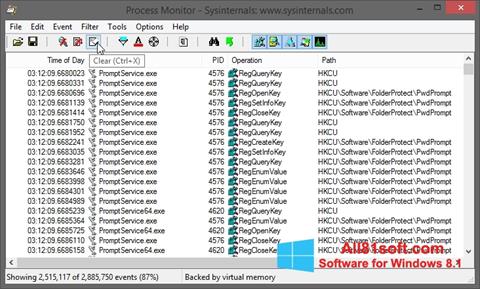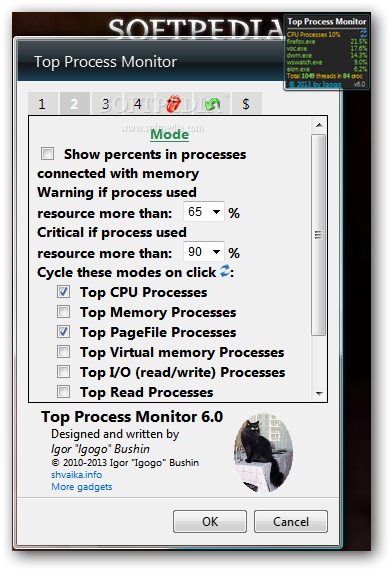
The system ensures software can communicate with hardware. This process isn’t easy to kill because it is protected by Windows. Here’s a list of Windows processes that you should never stop as to not compromise the work of the entire system: The file for this process is located in the System 32 folder, indicating that this is an important process for the system: To check its file location, you need to right-click with your mouse and choose “Open file location”:

If the process is unknown to you and you currently don’t have access to the Internet to learn what it does, identifying the process’s file location will give you more information about it. The next step in monitoring Windows processes through the Task Manager is to check the process’s location. If the percentage is too big, this too might be an indicator of malware.Ĭhecking these basic metrics will help you better understand the nature of the process and its significance for the entire system. Disk – how much space the process uses across all hard disks on your computer.If the process is using more memory than it’s supposed to, it might be an indicator of malware. Memory – the total individual memory that a process reserves on your computer.If the CPU is close to 100%, this means that your computer is doing more work than its capacity to run the process. CPU – the total processor utilization across all cores, or how much of the processor’s power the process is using.You can also investigate the process yourself by checking available properties, including:

Stopping it could potentially affect other essential Windows processes. Our example, COM surrogate, is the process that hosts DLL files (the library of files that contain code and data used by several programs at the same time). However, don’t rush with decisions, as you might compromise the performance of the entire system architecture. In the picture above, you can see the list of processes and the “End task” button you would use to end frozen processes. We will use the example of the process called “COM Surrogate” to illustrate our points: Let’s start with picking the process from the list in the Task Manager and studying its properties.


 0 kommentar(er)
0 kommentar(er)
